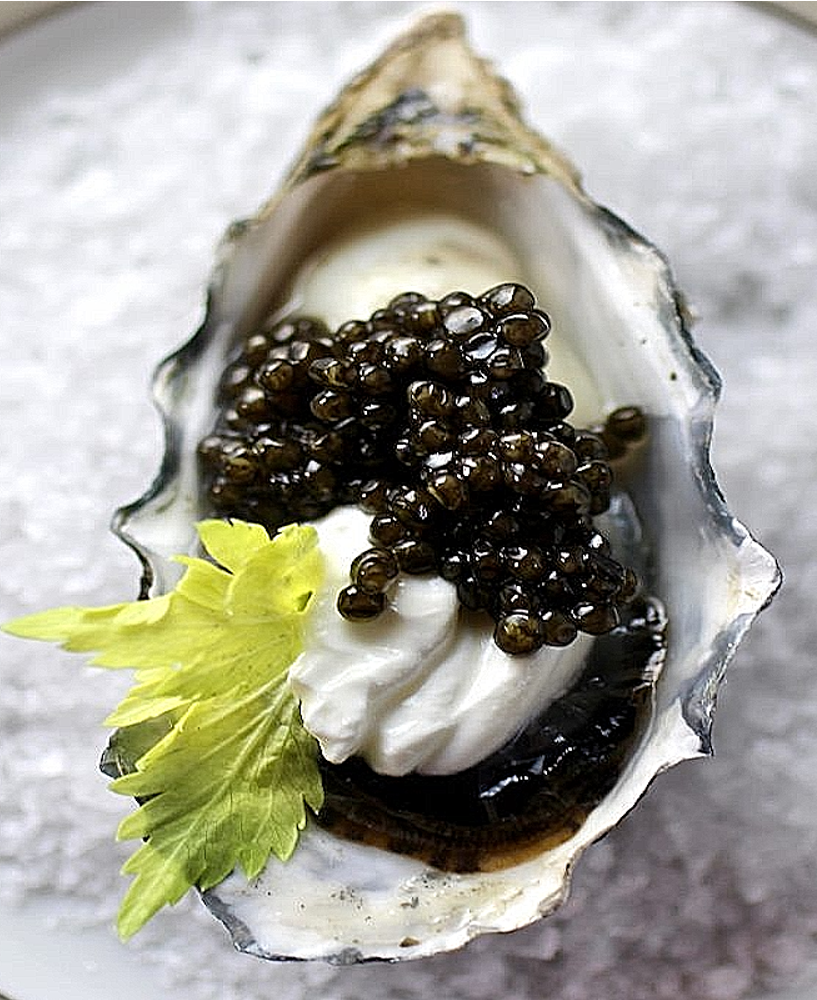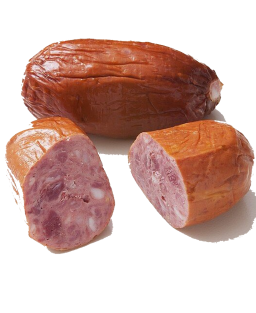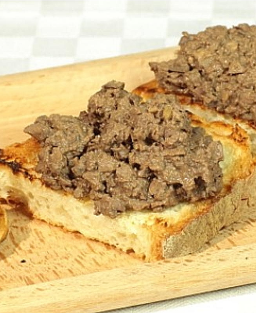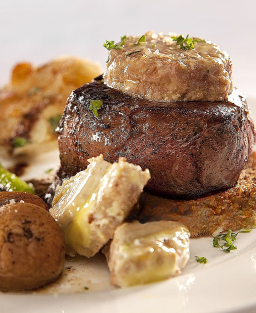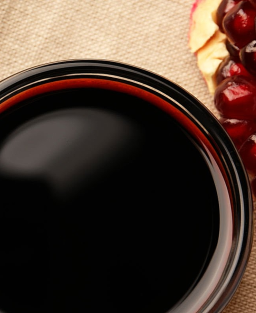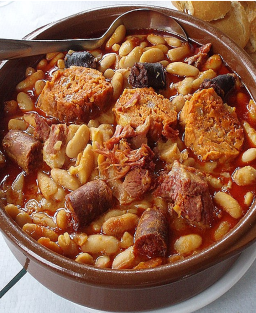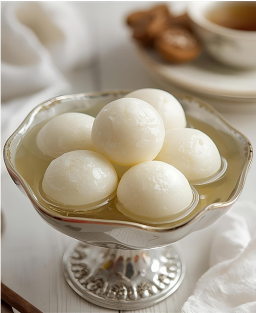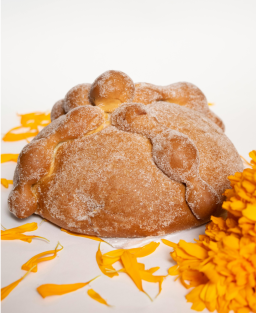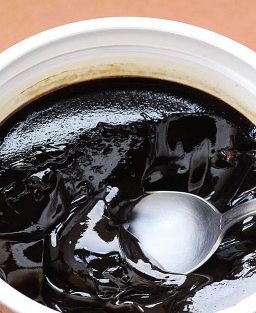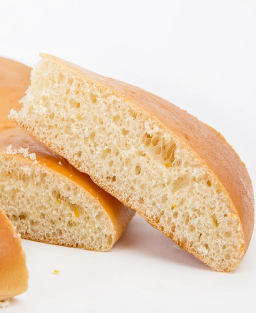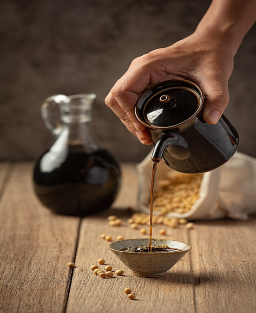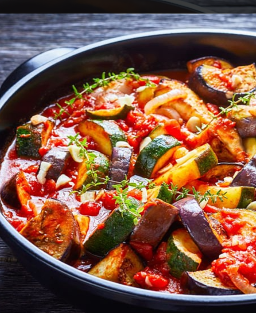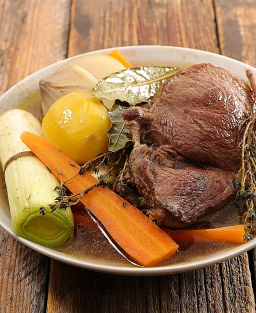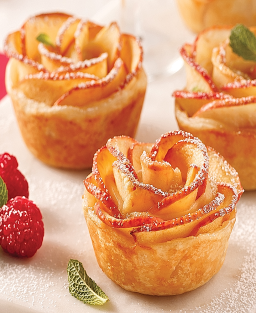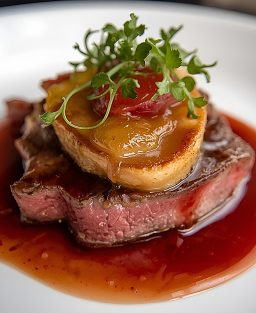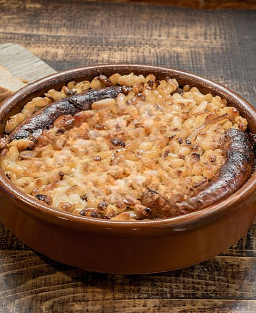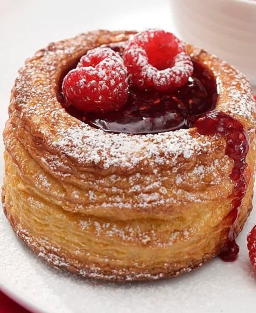Recipe for Poached Gillardeau Oysters with Champagne and Caviar – a refined gourmet recipe
Recipe for Poached Gillardeau Oysters with Champagne and Caviar – a refined gourmet recipe
Country / Region
Country: France
Region: Nouvelle-Aquitaine (Charente-Maritime)
Official status of the main ingredient: Label (Gillardeau Oyster is recognized but not PDO/PGI certified)
Inventor of the recipe: modern adaptation (not attributed to any specific chef)
Specifications:
Ingredients: Gillardeau oysters N°2, brut Champagne, Perlita caviar, agar-agar, seawater, white pepper (optional)
Proportions: 2 oysters per person, around ½ bottle of Champagne for 12 oysters, 2 g of agar-agar for the poaching liquid and reduction, 5 g of caviar per oyster as a topping
Methods: gentle poaching, reduction of the liquid, jelly made with agar-agar, plated in the shell, refrigeration to set the jelly
Utensils: saucepans, fine sieve, cleaned oyster shells, refrigerator, spoons or pipettes for placing the caviar
Serving containers: oyster shells as main container, optionally served on crushed ice tray for presentation
Cooking: poaching for 30–45 seconds at a simmer, reduction over low heat, agar-agar activation by gentle boiling for about 1 minute
Certifying body: none (no official certification for this composed recipe)
History
Origin of the recipe:
A contemporary haute cuisine recipe combining marine elements (Gillardeau oysters, seawater) and luxury (Champagne, caviar). Inspired by French coastal culinary traditions blended with the refinement of high-end dining.
Evolution of the recipe:
Initially, oysters were simply poached or served raw with lemon or shallot vinegar.
The addition of Champagne for poaching is a modern adaptation to subtly infuse the oysters.
Introduction of jelly (with agar-agar) adds texture, visual preservation, and aesthetics.
Increased use of caviar as a garnish reinforces the luxurious character and provides visual and taste contrast.
Notable chefs and influences:
Alain Ducasse – emphasis on premium seafood, pairing oysters with Champagne in gourmet menus
Joël Robuchon – precise cooking, highlighting oyster texture, minimalist use of ingredients
Anne-Sophie Pic – finesse in plating, focus on finishing touches (caviar, jelly), contrast between briny and sparkling notes
Legend or anecdote
According to an anecdote circulated in certain French gastronomic circles, the origin of poached oysters in Champagne dates back to a princely dinner held in the 18th century at a château on the Atlantic coast, possibly in Charente-Maritime. At the time, service à la française required grandeur and abundance, but on that evening, there was a problem: the wine cellar was out of dry white wine, typically used for cooking seafood.
Caught off guard and eager to maintain the elegance of the meal, the estate’s head cook reportedly decided to use Champagne—then still regarded as an aristocratic novelty—to poach the freshly opened oysters. This improvised gesture, born of necessity and culinary boldness, pleasantly surprised the guests. The marriage of briny oyster with fine bubbles, sea and noble wine, was hailed as a revelation.
Though this story isn’t found in official gastronomic archives, it’s often told in culinary schools or by passionate chefs as a classic example of accidental creation that becomes a fine-dining staple. It also reflects a broader truth: the French pursuit of refinement, where even a raw ingredient (the oyster) may be elevated by a festive one (Champagne), even if that means bending the rules.
Myth or reality, the anecdote illustrates the long-standing desire in French cuisine to unite the sea’s bounty with the finest wines, and to turn any unexpected situation into a creative opportunity.
Recipe Description
Recipe composed of oysters gently poached in a seawater and Champagne blend, topped with a briny jelly made from reduction and agar-agar, and finished with caviar.
Texture: tender, almost melt-in-the-mouth oyster; clear, slightly firm jelly; caviar bringing a creamy, salty burst.
Taste: briny, subtle Champagne note, touch of salt and luxury from the caviar.
Service style: individually plated in oyster shells, very cold, served as a gourmet starter or elegant hors d’oeuvre.
Consumption moment: festive aperitif or refined tasting menu, special occasions.
Ingredients
| Ingredient Name | Quantity | Approximate Weight (g) |
|---|---|---|
| Gillardeau oysters N°2 | 12 pieces | ≈ 720‑840 g (depending on size) |
| Brut Champagne | ½ bottle | ≈ 375 ml |
| Perlita Caviar | 125 g | 125 g |
| Agar-agar | 2 g | 2 g |
| Filtered seawater | Enough to cover & poach | ≈ 200‑300 ml (depending on pan size) |
| White Penja pepper (optional) | a few grinds | negligible |
Note:
Possible variations: Champagne may be replaced by a local sparkling wine to reduce cost or adapt to local produce. The type of caviar may vary (less salty, different origin), or pepper can be omitted for a purist version. These changes will alter the balance of flavours, the fineness of the poaching liquid and the visual effect of the jelly.
Detailed Preparation Instructions
Preparation steps
Filter the seawater obtained when opening the oysters. Open the oysters, detach the mollusks, and keep refrigerated.
In a saucepan, combine the filtered water and Champagne. Bring gently to a simmer (≈ 80‑90 °C, do not boil).
Poach the oysters for 30 to 45 seconds, just enough to firm up the flesh without fully cooking. Remove immediately and set aside.
Reduce the poaching liquid by about half over low to medium heat until more concentrated. Strain to clarify.
Add the agar-agar, bring to a gentle boil, and maintain a light boil for 1 minute to activate gelling. Allow to cool slightly.
Clean the shells. Place one oyster in each shell. Pour the slightly cooled jelly over each oyster without completely submerging. Refrigerate until the jelly is set (≈ 1 hour).
Just before serving, place 5 g of caviar on each oyster. Add white pepper or citrus zest if using.
Cutting techniques
Oysters: careful opening, detaching the muscle without cutting or piercing the flesh.
No complex slicing needed: the natural texture of the oyster is the main feature.
Refinement or specific treatments
Use of agar-agar: strict control of quantity (2 g) to achieve a jelly that is just firm enough, transparent, and without a gelatinous aftertaste.
Reduction of poaching juice: concentrates the briny aromas and Champagne fragrance.
Cooking methods and equipment
Poaching temperature: gentle simmer ≈ 80‑90 °C.
Containers: saucepan large enough for oysters to be submerged, fine sieve for straining, cleaned shells for plating.
Refrigerator to set the jelly (temperature ≈ 4‑6 °C).
Tips and advice
Practical tips: always use very fresh oysters, keep the filtered seawater to preserve the iodine and authenticity. Never boil the Champagne to avoid loss of aroma.
Accepted or common variations: replace Champagne with local sparkling wine; replace Perlita caviar with other caviar or even salmon roe for a more affordable version; omit pepper or zest based on preference.
Common mistakes to avoid:
-
Overcooking the oysters or overheating the liquid – results in rubbery texture
-
Jelly too firm or cloudy if too much agar-agar is used
-
Jelly fails to set if not stirred or boiled sufficiently
-
Caviar placed too early – it loses freshness if left too long
Service
Plating: gourmet style, individual plate or shell, very clean and minimalist, ideally served on crushed ice tray.
Classic accompaniments: thin slices of rye bread or fine toast, semi-salted or lightly whipped butter, a few drops of fresh lemon or neutral citrus juice; micro herbs (chives, sorrel) for a light garnish.
Recommended wines and drinks
Wines: a brut nature Champagne or a Blanc de Blancs, very mineral, to stay in harmony with the dish; a well-chilled Muscadet sur lie or a dry Riesling as a possible regional alternative.
Other drinks: very cold still water, slightly salted seawater as an amuse-bouche, or a light seaweed infusion to contrast with the briny profile.







